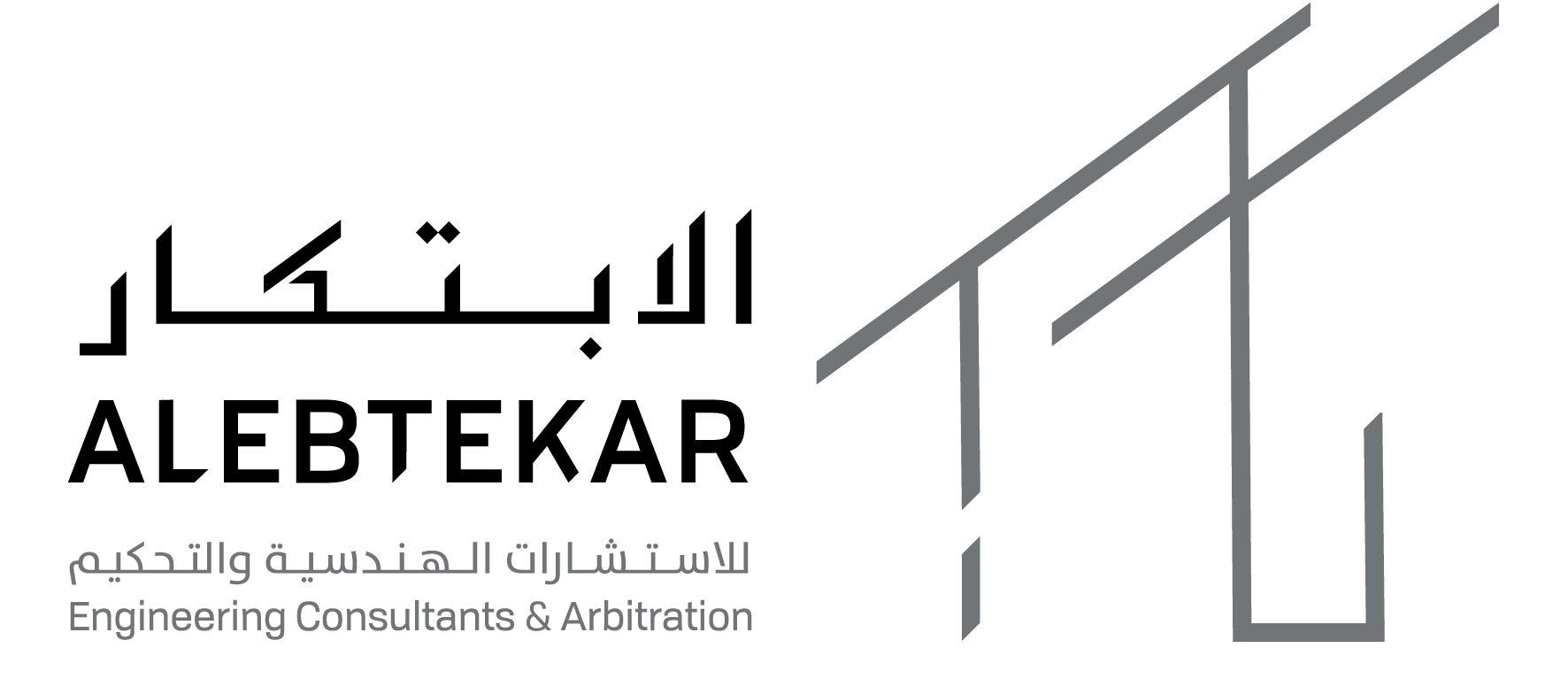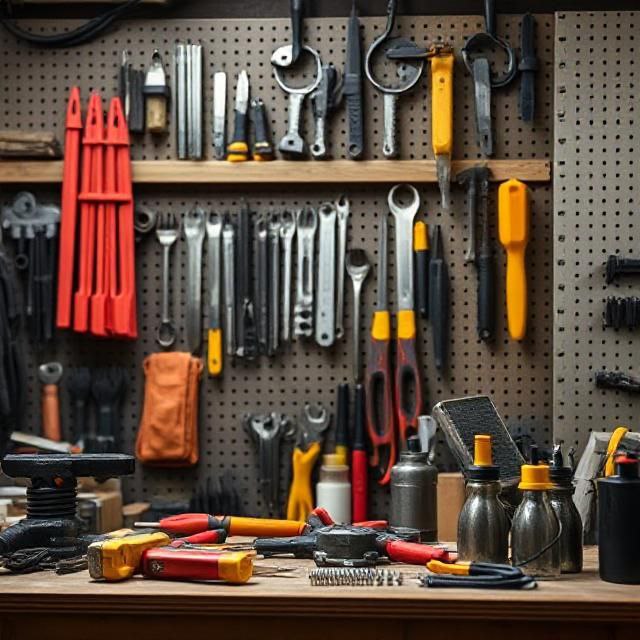4 Essential Types of Technical Inspection and Testing in Construction Projects
Technical inspection is a critical step in construction projects. It ensures safety, compliance, and quality throughout every phase of the building process. Without proper inspection, projects can suffer delays, cost overruns, and structural failures. This guide explores the four essential types of technical inspection, their importance, and best practices for implementation.
Why Technical Inspection Matters
Technical inspection is more than a routine check—it is a preventive and quality assurance process. It guarantees that construction meets design specifications, regulatory standards, and safety requirements. Skilled inspectors identify potential issues early, reducing costly errors and improving overall project efficiency.
For homeowners, developers, and contractors, understanding inspection types and methods ensures accountability and builds trust in the construction process. High-quality technical inspection supports successful project delivery, protects investments, and enhances safety.
Type 1: Structural Inspection
Structural inspection focuses on the core framework of a building. Inspectors examine foundations, beams, columns, slabs, and load-bearing walls to ensure they meet engineering specifications. Structural inspection is crucial because it directly affects the building’s stability and safety.
- Checking material quality such as concrete strength and steel reinforcement.
- Verifying alignment, leveling, and placement of structural elements.
- Monitoring curing processes and load tests.
Regular structural inspections prevent long-term damage, reduce risk of collapse, and maintain compliance with construction codes.
Type 2: Mechanical, Electrical, and Plumbing (MEP) Inspection
MEP inspection ensures that essential systems function efficiently and safely. This type of inspection covers mechanical, electrical, and plumbing installations. Proper MEP inspection is vital for building performance and user comfort.
- Verifying correct installation of electrical wiring, panels, and circuits.
- Testing HVAC systems for airflow, pressure, and efficiency.
- Checking plumbing connections, water pressure, and leak detection.
Effective MEP inspection reduces maintenance costs, prevents system failures, and ensures energy efficiency.
Type 3: Material Testing and Quality Control
Material testing is a proactive inspection method that ensures all construction materials meet specified standards. Inspectors check the quality of concrete, steel, bricks, tiles, and other building materials. Quality control prevents substandard materials from compromising structural integrity.
- Conducting compressive and tensile strength tests on concrete and steel.
- Verifying material certifications and supplier quality assurance documents.
- Sampling and testing during different construction phases to maintain consistency.
Material testing is critical for long-lasting, safe, and reliable construction outcomes.
Type 4: Site Inspection and Compliance Audit
Site inspection and compliance audits are essential for ensuring that construction activities adhere to safety regulations, building codes, and project plans. Inspectors review ongoing work, monitor adherence to schedules, and verify that subcontractors meet technical standards.
- Regular walkthroughs to check work quality and adherence to specifications.
- Monitoring construction processes to prevent safety violations and accidents.
- Documentation of findings and corrective actions for accountability.
- Ensuring environmental and regulatory compliance throughout the project.
Compliance audits strengthen project governance, reduce legal risks, and increase stakeholder confidence.
Best Practices for Effective Technical Inspection
- Develop a structured plan aligned with construction milestones.
- Use standardized checklists for consistent inspection reviews.
- Document findings thoroughly with reports and photographs.
- Integrate technology such as mobile apps, drones, and software tools.
- Train inspectors regularly on updated technical knowledge and safety standards.
Benefits of Regular Technical Inspections
- Early detection of defects or deviations, preventing costly rework.
- Improved construction quality and adherence to design specifications.
- Reduced project delays through timely corrective actions.
- Enhanced safety for workers and future occupants.
- Increased confidence for clients, investors, and stakeholders.
“Technical inspection is not just about finding problems—it is about preventing them, protecting investments, and building trust in every construction project.”
Conclusion
Technical inspection is a vital part of any construction project. By implementing structural inspections, MEP checks, material testing, and site audits, project teams can ensure safety, quality, and efficiency. Combining skilled inspectors with standardized processes and modern technology creates reliable, successful construction outcomes.
Whether for residential, commercial, or industrial projects, effective technical inspection is a key factor that distinguishes exceptional projects from ordinary ones. Investing in professional inspections reduces risk, optimizes resources, and delivers projects on time and within budget.
Contact Al Ebtekar Engineering Consultancy Now
📧 Email: INFO@ALEBTEKAR.COM.SA
📱 Mobile: 0540007320
☎️ Landline: 920004058


